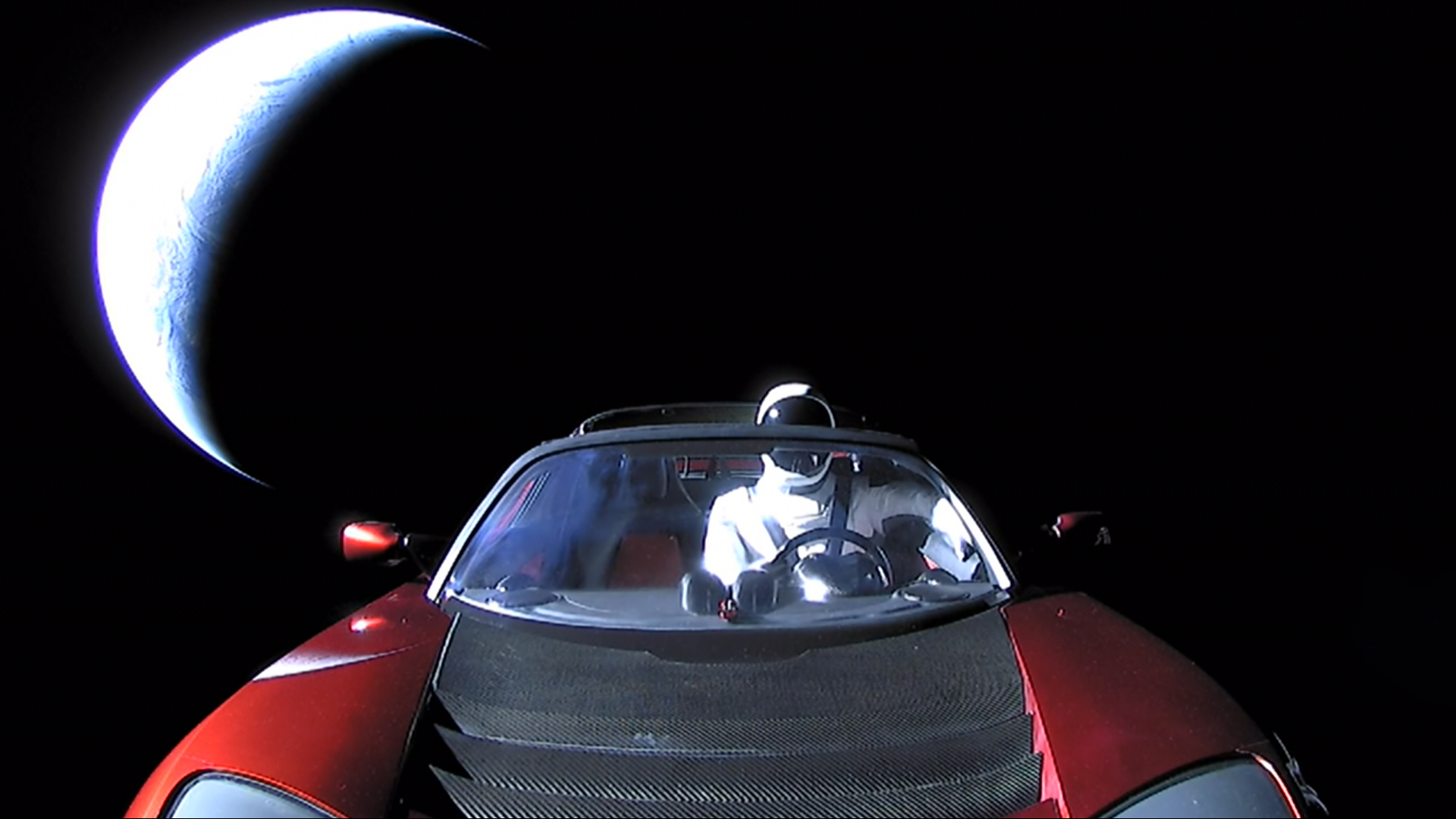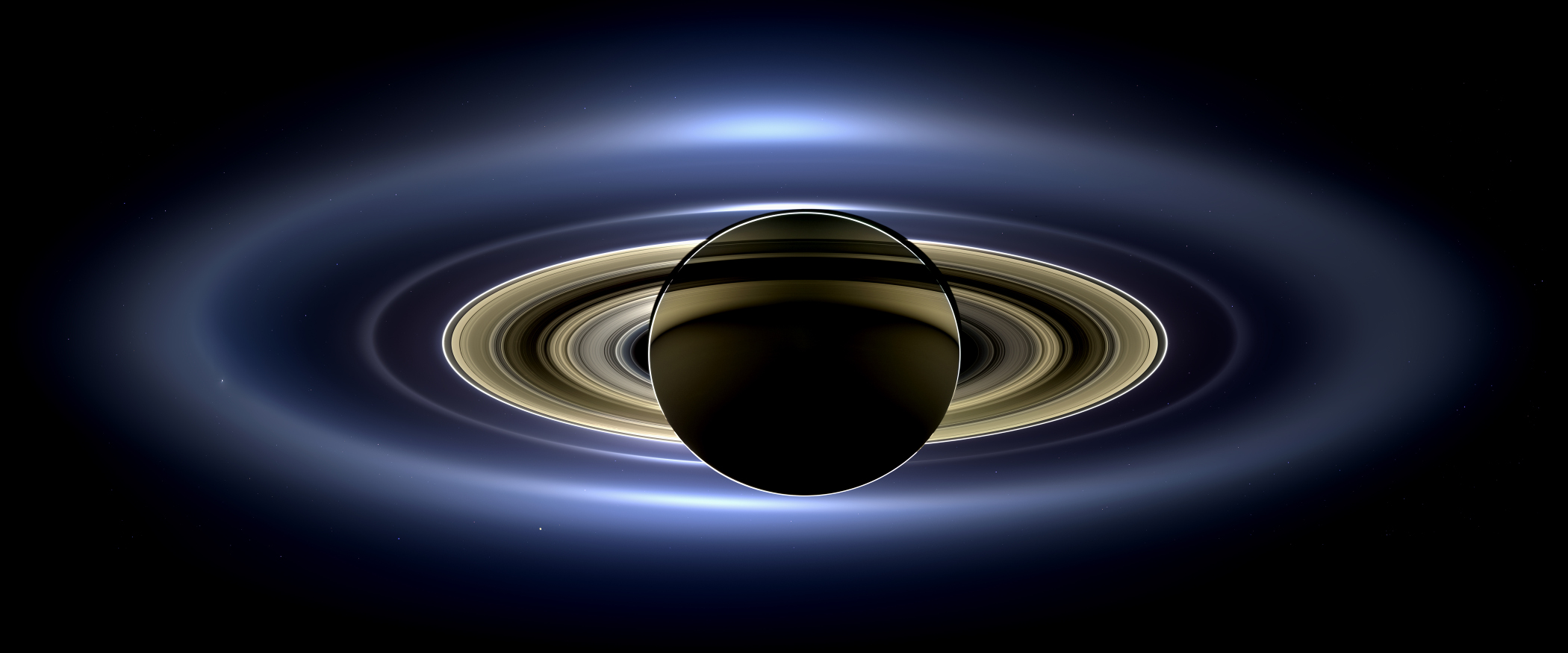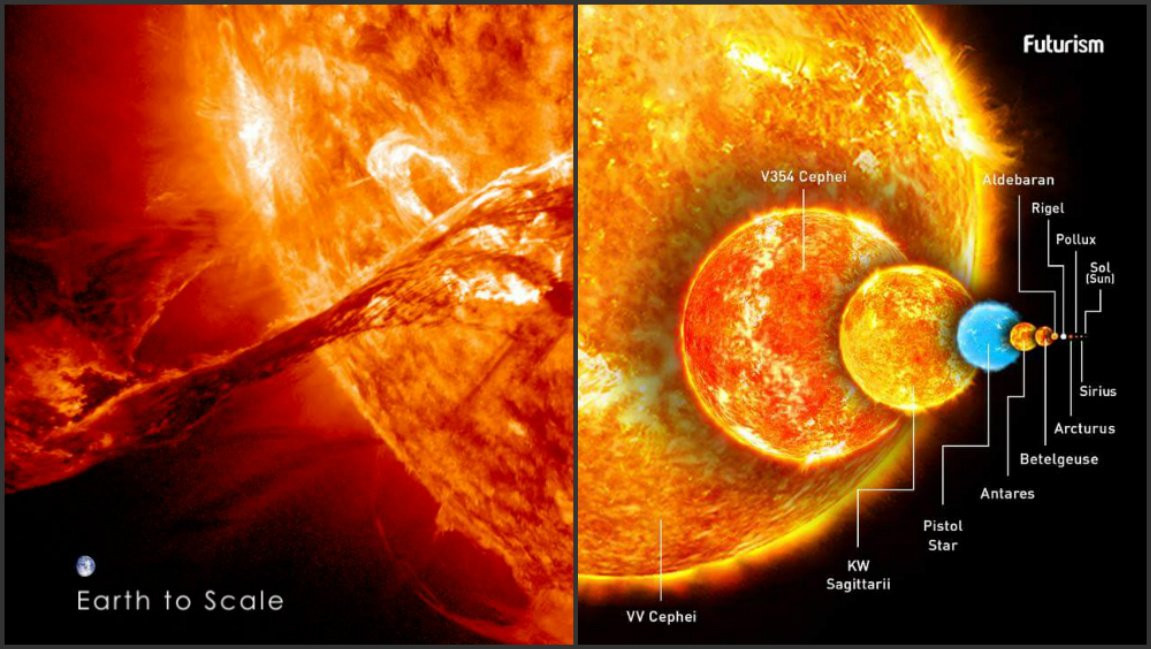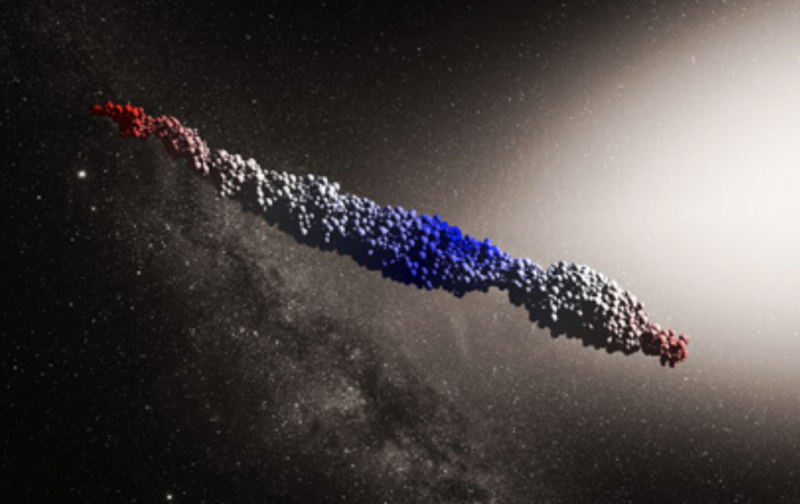Author: May Ashaaki
-

Space Highways, what are they?
Think of a highway of sorts, winding through planets and the Sun creating tunnels – that is essentially what space highways are. These gravitational channels are created when stellar objects, such as planets within our solar system, tug at each other creating forces between them. These forces act like ocean currents that can be used…
-

10 Things to See With a Small Telescope
If you just recently bought your small telescope, I’m sure you’re excited to explore the skies and find out just how much of the universe you can observe. The universe is vast and interesting. Pop culture itself references a lot from outer space; Harry Potter, Star Trek, Big Bang Theory, and many more shows have…
-

Dimensions and Distances
Image above:Left: The Earth compared to our Sun.Right: Our sun (one pixel) compared to VV Cephei Our universe is vast, however, from our little area of space, we can assume that what we can see is the biggest that there is out there. This is not true, our sun for example is an average size…
-

ʻOumuamua a special asteroid that gave us a surprise visit in 2017
In October 2017, an astronomer observed an object zooming past our sun at an incredible speed. The astronomer was Robert J. Weryk, and he noticed this bizarre object while he was recording images at the Haleakala observatory in Hawaii. This object was then named ʻOumuamua which loosely translates to a messenger from afar arriving first…
-
What Are Black Holes?
Black holes are one of the most fascinating aspects of space. They have such an extreme gravitational pull that not even light can escape. They are so phenomenal that they are said to have the ability to alter entire galaxies. Black holes are severely curved off that it can be considered pinched off from the…